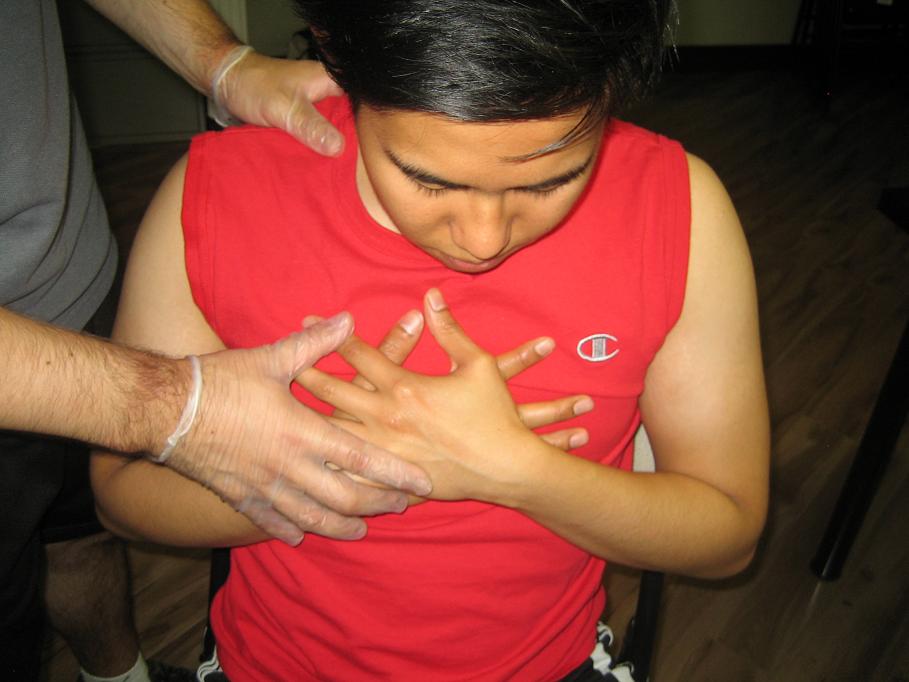Fractured sternum
The sternum is also known as the breast bone which is located in front of the chest and connected to the 12 ribs on either side and forms the thoracic griddle. The thoracic griddle functions in protecting the internal organs such as the heart and lungs from injuries. The sternum also helps protect the thymus […]


